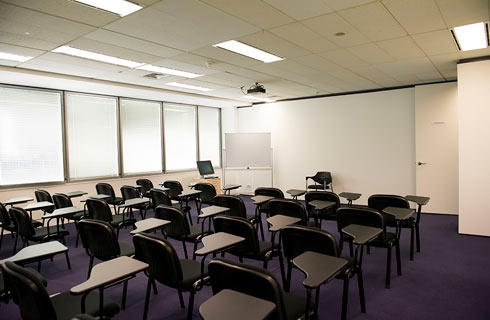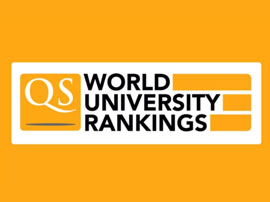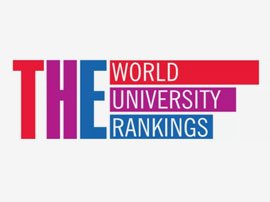急诊医学理学学士
Bachelor of Science in Emergency Medical Services

学历文凭
Bachelor Degree

专业院系
School of Medicine

开学时间

课程时长

课程学费

国际学生入学条件
IELTS- 6.0
TOEFL- 68, pbt- 520
IDP—雅思考试联合主办方

雅思考试总分
6.0
- 雅思总分:6
- 托福网考总分:68
- 托福笔试总分:520
- 其他语言考试:Pearson Test of English (PTE)- 47
CRICOS代码:
申请截止日期: 请与IDP联系 以获取详细信息。
课程简介
The UNM EMS Academy is home to New Mexico’s only Bachelor of Science program in EMS, and is one of only 13 programs offering a Bachelor’s degree in EMS in the U.S. Offered through the University of New Mexico School of Medicine, our program is one of a very few programs administered through an academic Department of Emergency Medicine. This provides our students exceptional opportunities to be mentored by Emergency Medicine faculty and residents, and to participate in the day-to-day activities of a busy academic medical center.<br><br>Our curriculum was designed to teach and train paramedic leaders to be better prepared to handle the realities of a new era in prehospital medicine. By the time they leave EMSA, our graduates are excellent clinicians, teachers, researchers and leaders. They have the breadth of knowledge to think independently, and to push the development of EMS. The program prepares students for advanced study; many of our graduates go on to obtain advanced degrees in education and science, medicine, physician assistant studies and business.<br><br>A program that prepares individuals, under the remote supervision of physicians, to recognize, assess, and manage medical emergencies in prehospital settings and to supervise Ambulance personnel. Includes instruction in basic, intermediate, and advanced EMT procedures; emergency surgical procedures; medical triage; rescue operations; crisis scene management and personnel supervision; equipment operation and maintenance; patient stabilization, monitoring, and care; drug administration; identification and preliminary diagnosis of diseases and injuries; communication and computer operations; basic anatomy, physiology, pathology, and toxicology; and professional standards and regulations.
相关申请
 预科
预科 奖学金
奖学金 实习机会
实习机会 在校学习
在校学习 跨境学习
跨境学习 校园授课-线上开始
校园授课-线上开始 在线/远程学习
在线/远程学习
开学时间&学费
学费信息仅供参考,请与IDP联系以获取详细信息
| 开学时间 | 时长 | 学费 | 地点 |
|---|
学校排名

世界排名301
数据源:
泰晤士高等教育世界大学排名
本校相关课程

Master of Science in Optical Science and Engineering
学历文凭
Masters Degree
开学日期
课程费用总额


Master of Science in Earth and Planetary Sciences
学历文凭
Masters Degree
开学日期
课程费用总额


Doctor of Philosophy in English - Medieval Studies
学历文凭
Ph.D.
开学日期
课程费用总额


Master of Arts in English - Medieval Studies
学历文凭
Masters Degree
开学日期
课程费用总额


法文研究哲学博士
学历文凭
Ph.D.
开学日期
课程费用总额


Master of Arts in French
学历文凭
Masters Degree
开学日期
课程费用总额

其他相关课程

Master of Arts in Global Governance
 滑铁卢大学
滑铁卢大学学历文凭
Masters Degree
开学日期
课程费用总额


卫生研究(荣誉)理学学士
 滑铁卢大学
滑铁卢大学学历文凭
Bachelor Degree with Honours
开学日期
课程费用总额


社区卫生和流行病学理学硕士
 达尔豪斯大学
达尔豪斯大学学历文凭
Masters Degree
开学日期
课程费用总额


健康科学学士
 达尔豪斯大学
达尔豪斯大学学历文凭
Bachelor Degree
开学日期
课程费用总额


性别与妇女研究文学士学位
 达尔豪斯大学
达尔豪斯大学学历文凭
Bachelor Degree
开学日期
课程费用总额


土著研究哲学博士
 特伦特大学
特伦特大学学历文凭
Ph.D.
开学日期
课程费用总额










 美国
美国
